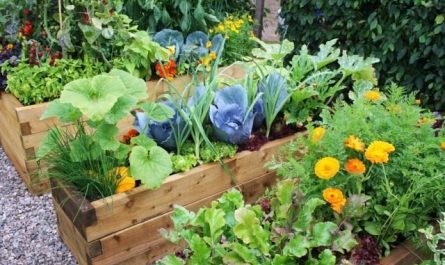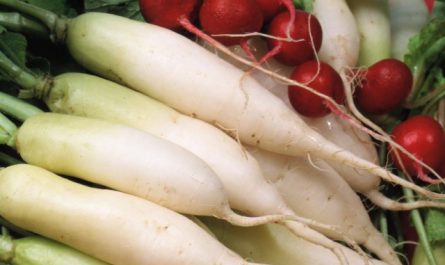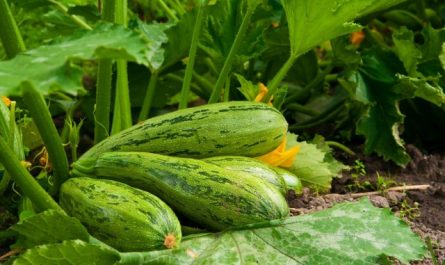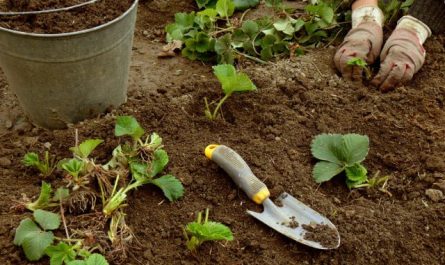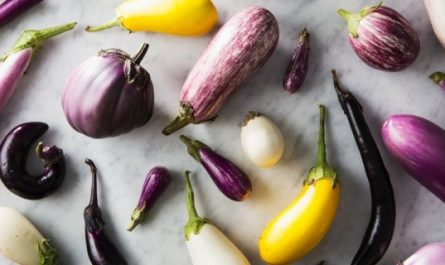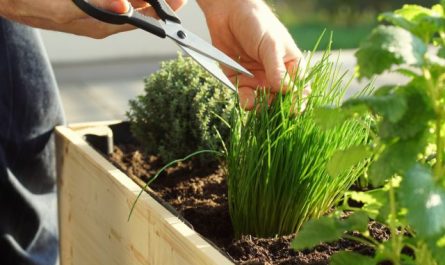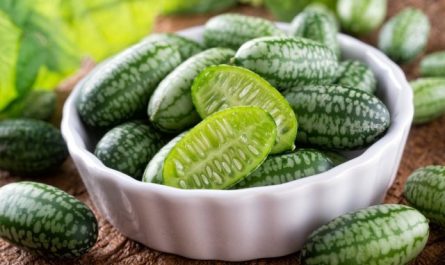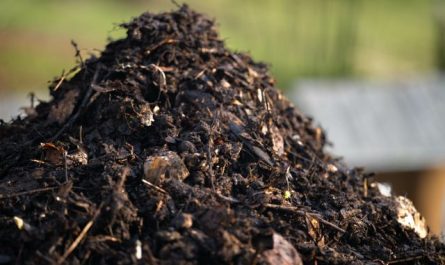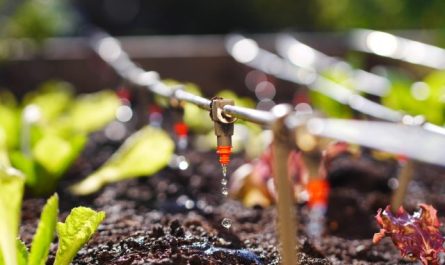Hello, dear gardeners, vegetable growers and florists! It’s autumn outside, already November. And many of you for some reason are afraid to plant trees and shrubs. Although if the earth is dug, does not creak or knock under the shovel, then, of course, you can plant almost any, especially fruit and berry crops of our region.

We choose seedlings. Even if they have an open root system, we definitely choose and look not only at these wonderful branches, right? Look at what a wonderful bush. But also at the root system, so that it is large, big, healthy, already with absorbing roots – such white thin hairs.
And in the same way, you and I should choose if we want to plant gooseberries, the same thing, we pay attention to a well-developed root system. Look at the root system. Well, it couldn’t be better. And good growth this year.

You bought a plant, take it home, and think, how can you propagate them so that not just one bush produces a harvest next year, but at least several, even in 2 or 3 years? It’s not difficult at all.
We brought the plant home, prepared a place for planting the main bushes, planted them and looked at what we could choose from the crown of these planted plants. Of course, if you have a bush like this, three, five, six, as in our case, very well developed branches, then you can take half of them for rooting, for propagation.
Look, what a nice, thick branch, here it is, look. Wonderful! It’s okay if we cut off a stalk about 20-25 cm long. Here we will have about 25 cm.

We make a cut, look, please, under the bud, diagonally. This is the cut we got. You can put it in water temporarily, you can put it on the soil – no big deal. The work will be postponed for a while. Another branch, well-developed, tall. We cut off one more stalk. Like this. Here, again, we made a cut under the corner and put it in water again.
We do the same with currants. Look, if you bought such a magnificent bush, why can’t you propagate it right away? Of course, you can. And don’t think that only in the spring. In the spring, we will have a lot of different work, we won’t have time for this. Moreover, currants bloom, come to life very early. Sometimes we are not even there at this time, we arrive, and the buds have already swelled, already turned green. This will be a little late. We may not get good plants with this kind of propagation. But now is great.

We cut off 20-25 cm cuttings from gooseberries, and you can take 10 or 15 cm from currants. Therefore, having cut off, for example, a cutting, a branch. Here, let’s say, we cut off. Somewhere around 25-30 cm. And from it we cut in half, we make the upper cut above the bud. You see, here it is the bud. We make a straight, smooth cut above the bud.

Then we make another cut under the bud of the upper cutting. Look at it like this. Here we have 2 cuttings.

Well, that’s great. What’s next? We prepare the soil. You can take the soil and dig up a nice little plot somewhere, for example, or you can take a little bit from the garden bed. You had some vegetable crops growing in the garden bed. As a rule, you made good soil for them. At least in terms of structure. In terms of nutrition, the soil you have in the vegetable beds will still be enough for the cuttings. Therefore, we are not adding any fertilizers now.
The only thing we can do is make small holes, say, at an angle of about 60 degrees. You can even make them with your finger to start with. One, two, three, four. We water these holes thoroughly. We could make these holes with a stick to make them deeper. But the soil is loose and good, so the most important thing is for the water to soak the soil properly now. And the cutting, especially the pointed one, will fit well into such soil. And after that, you and I plant the cuttings.

We plant, deepening the cuttings by about 2/3 or at least half. So, we take them and introduce them into our substrate, which is on the bed, like this. Well, if you and I took a stick, of course, it would be a little more convenient, the cuttings would go deeper. But this is quite enough. Definitely 60 degrees, in no case, we do not plant the cuttings vertically. They can simply be pushed out of the ground. They will simply be pushed out of the ground. And they will jump out and freeze, most likely.
The next cutting – we plant currants. The same, leave literally 3 eyes above the soil surface. This is how we plant them. We press the soil properly. This is how we press. Very firmly, good. You can sprinkle a little sand on the planting, so that those voids that could suddenly form there, so that they are filled with sand. And we water our planting abundantly, abundantly.

Currants and gooseberries do not need to be covered for insulation. They will overwinter wonderfully and will begin to form roots very early in the spring, and now, while the ground is still warm, most likely, callus will form on them – this is exactly the area on which the roots will be erected.
Propagate plants, they will be very, very useful to you. What is one currant bush? It is nothing. What is one gooseberry bush? It is also nothing. But from one plant, you see how many new, young plants you can get. So, please, do not waste money, but engage in propagation.
Nikolay Fursov. Candidate of Agricultural Sciences
